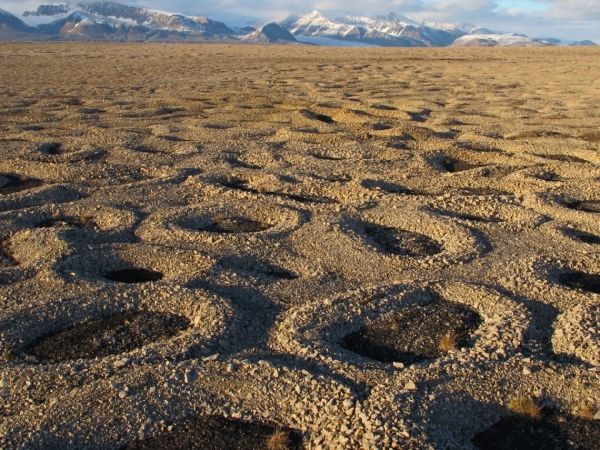Nature is full of repeating patterns that are part of the beauty of our world. An international team, including a researcher from the University of Washington, used modern tools to explain repeating patterns of stones that form in cold landscapes.
The new study, published Oct. 5 in the Proceedings of the National Academy of Sciences, uses experimental tools to show how needles of ice growing randomly on frozen ground can gradually move rocks into regular, repeating patterns. The team, based mainly in China and Japan, uses a combination of novel experiments and computer modeling to describe these striking features with new theoretical insights.
“The presence of these amazing patterns that develop without any intervention from humans is pretty striking in nature,” said co-author Bernard Hallet, a UW professor emeritus of Earth and space sciences and member of the Quaternary Research Center. “It’s like a Japanese garden, but where is the gardener?”
Read more at: University of Washington
Circles of stones in Svalbard, Norway. Each circle measures roughly 10 feet, or 3 meters, across. New research provides insight into how these features form in rocky, frost-prone landscapes.(Photo Credit: Bernard Hallet/University of Washington)


